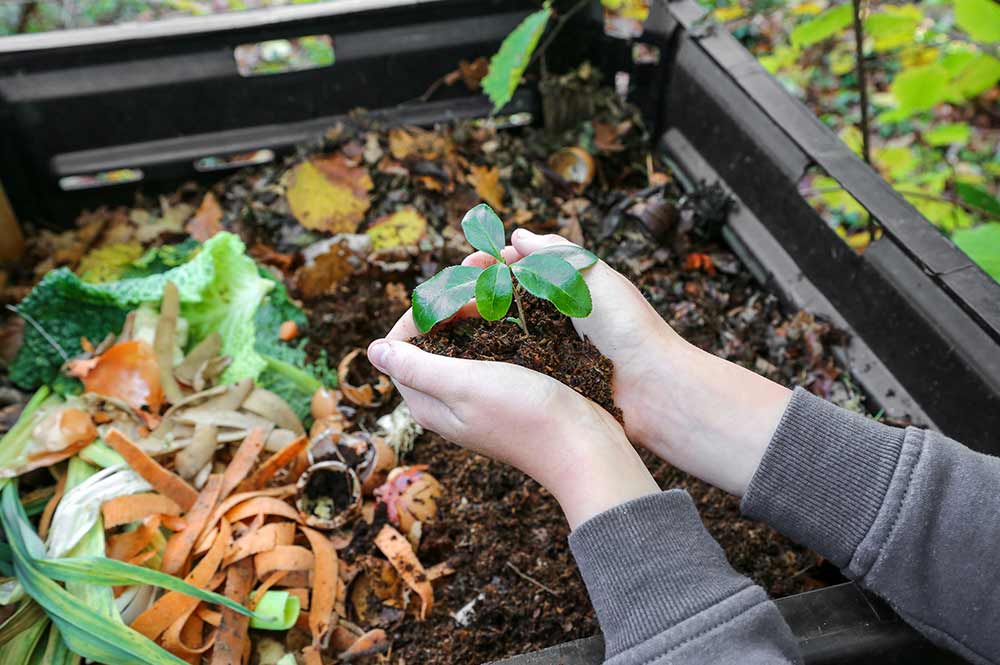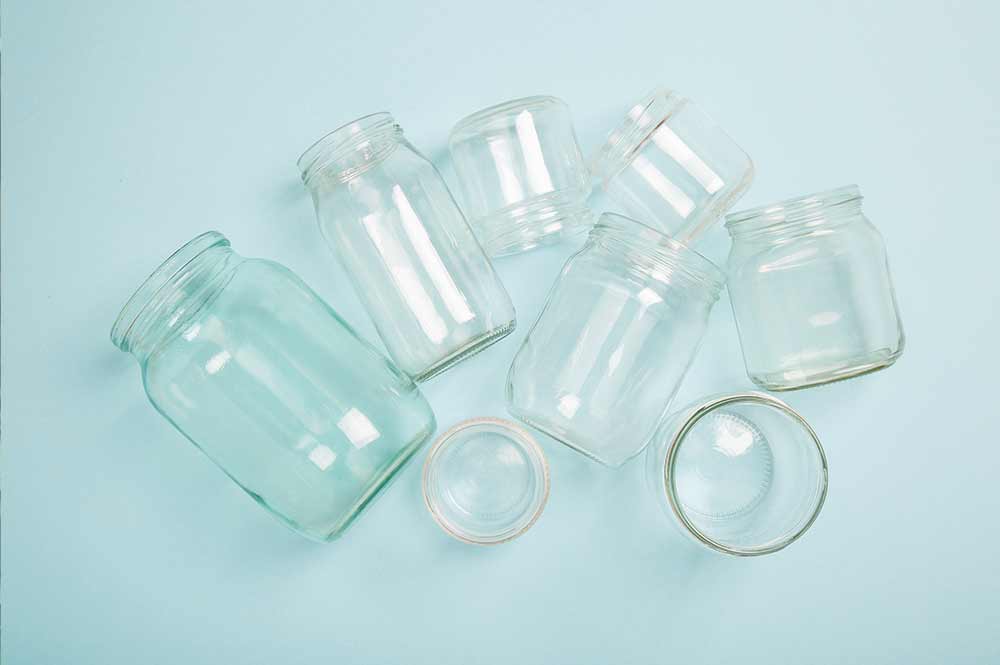Diwali, the much-anticipated festival of lights, has arrived, and the entire country is looking forward to lit-up days of celebrations. Widely observed across the country, it boasts of a plethora of heart-warming activities. Cleaning the house, adorning it with rangoli, lighting it up with diyas or lamps, and cooking a variety of dishes are all part of Diwali's traditions. During this festive season, homes, big or small, look their finest and brim with joy, in the hearts of those who reside in them.
And when the festive days pass us by, we open our eyes to the mess that fills our once thoroughly clean pre-Diwali house. . Diwali brings back memories of strewn rangoli, waste paper bits, burnt cracker fragments, and a messed-up kitchen. Cleaning up after Diwali is difficult, especially when it comes to putting the festive spirit aside and picking up a broom. Here are a few easy post-Diwali clean-up ideas that will help you tidy up your home.

1. Storage
Once the decorations come off, storing them becomes the next big task. After all, it makes sense to keep them in a condition where you can reuse them in the next year. Lights that are in working condition should be wrapped and secured in a way that they don’t get entangled. Any décor item that may be fragile should be wrapped and stored in a cushioned box or container. Anything extra which may not be of use should be donated or disposed of responsibly.

2. Leftover Waste
Bursting crackers not only pollute the air around us but also generates a colossal amount of waste. Take the initiative to clean up your surroundings after the Diwali celebrations, just as it is considered auspicious to keep your house clean during the festival. Do not wait for the waste to be collected by municipal staff. Also, do not burn the remnants as it pollutes the air much more. To produce brilliant colour and glitter, substances like sulphur, aluminium, copper, and others are added to the crackers. When these are burned, harmful chemicals such as nitrogen oxides and sulphur dioxide are released into the air, making it difficult for people to breathe.
Additionally, make sure you have segregation of waste at home—one bin for biodegradable items, and one for non-biodegradable items. This way the process of waste disposal becomes more streamlined.

3. Composting
All that delicious cooking is bound to leave some leftovers in the kitchen. So, what do you do with it? Composting your organic waste is an environmentally friendly waste management strategy. Invest in a nice composting container and turn your kitchen trash into rich compost. This will cut down on your organic waste while also providing you with high-quality manure for your gardening.

4. Recycle Containers
Most glass and tin containers, that come with the Diwali hampers can be used to store anything other than what they were designed for. You can also reuse paper bags as waste bin liners. Print on both sides of the paper, or use the clean side to make your lists or have your child use it as a colouring canvas. This will assist you in reducing the amount of solid trash in your home.

5. Donate Extra Items
Make sure to donate products that are in good working order but are no longer useful to you, that are often a part of the gift boxes received during Diwali. Donations of usable items such as blankets, pencils, books, clothing, and shoes are appreciated at many schools, orphanages, and shelters. Don't keep things in your house that you don't need. It adds to the clutter and makes waste management harder.
Also Read: Easy Ways To Store Diwali Decorations Without Destroying Them
Also Read: Tips To Declutter Your Home This Diwali